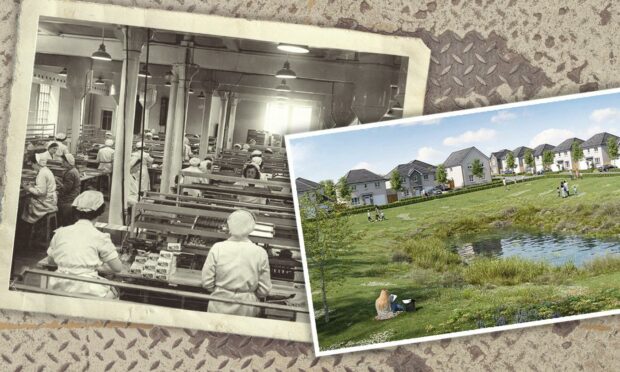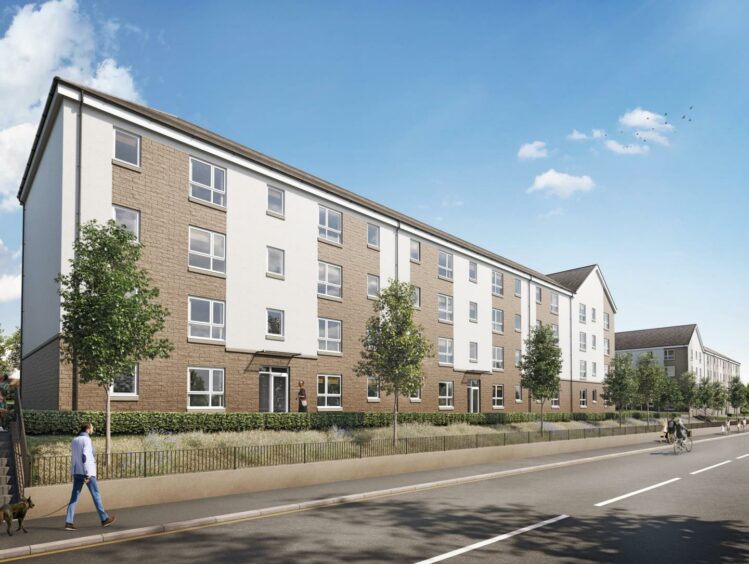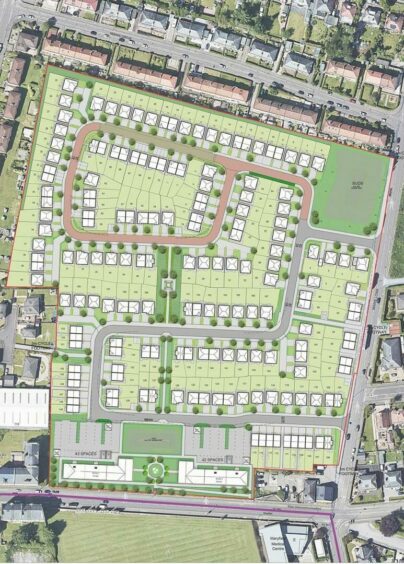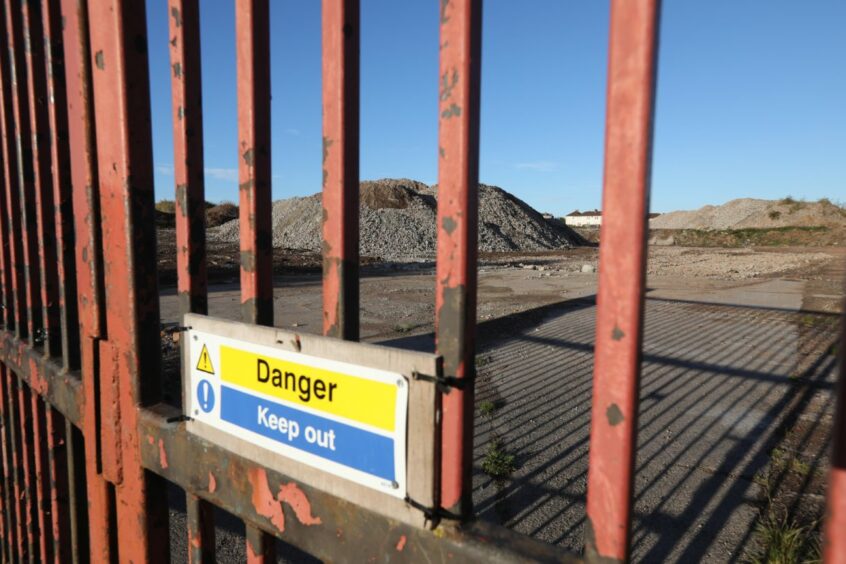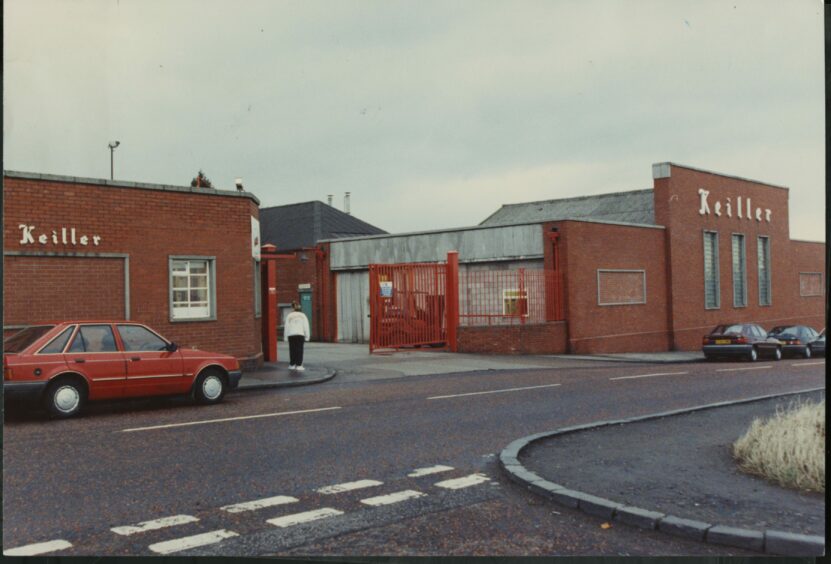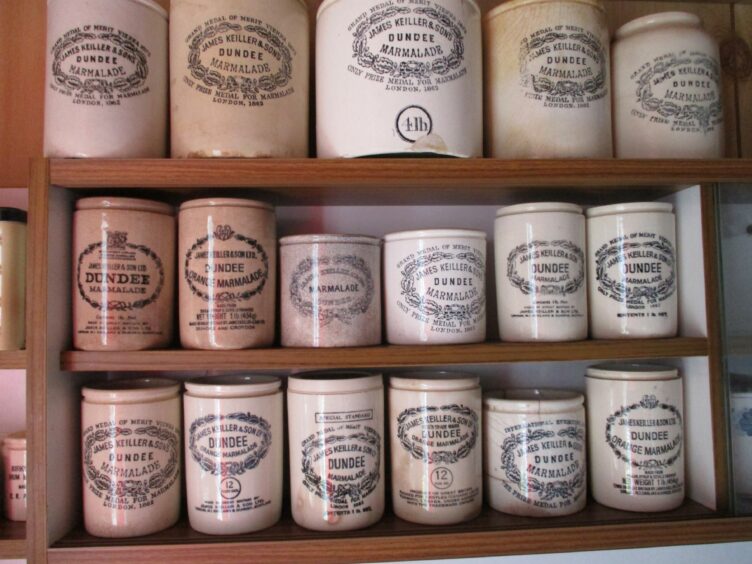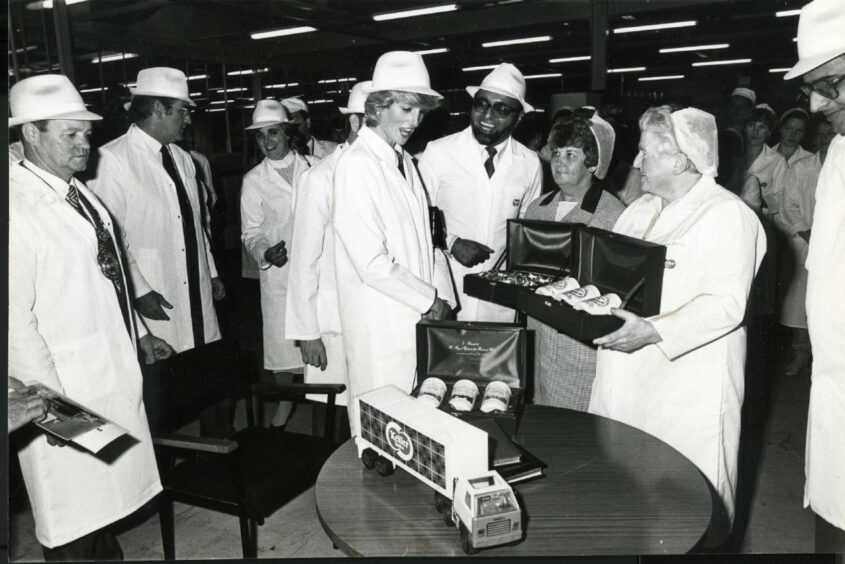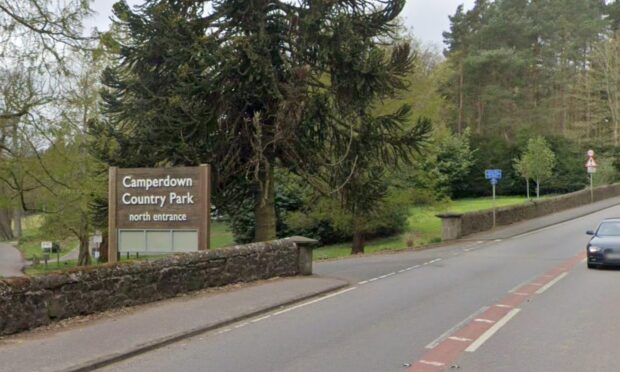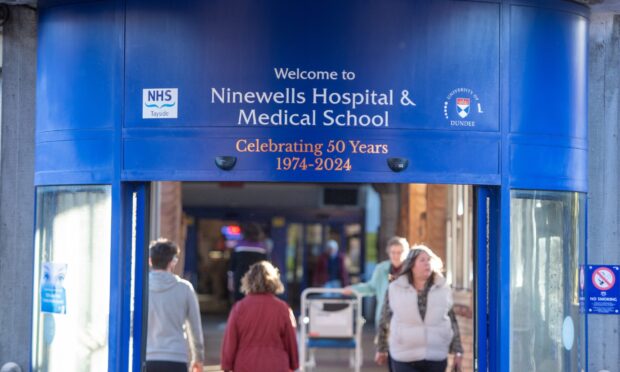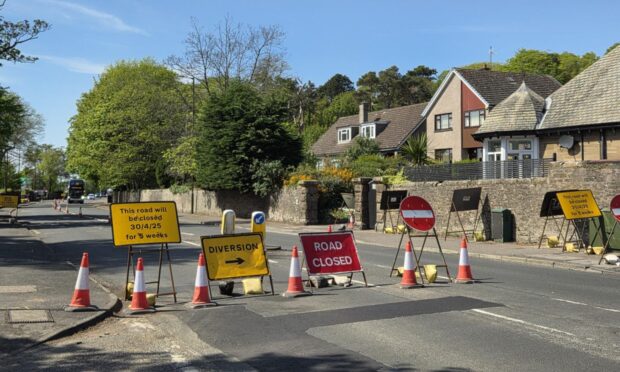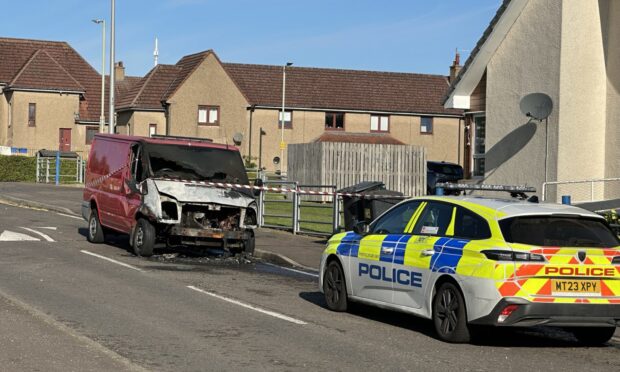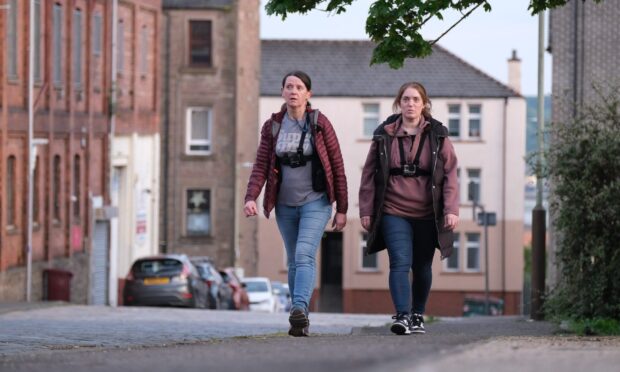One of Dundee’s most historic sites will be transformed into a large housing estate.
Barratt wants to build more than 220 homes on the land once occupied by the Keiller factory on Mains Loan.
The site has been derelict since the buildings there were demolished in 2016.
Dundee City Council’s planning committee approved the proposals on Monday February 14.
What are the plans for the site?
Barratt plans to build 167 houses and 56 flats on the vast site, which is bounded by Clepington Road to the south, Mains Loan to the east and Mains Drive to the north.
This housing will comprise of:
- 56 two-bedroom flats across two four-storey blocks, including 85 parking spaces and an area of green space between the buildings
- 17 three-bedroom terraced houses
- 74 three-bedroom semi-detached houses
- 76 four-bedroom semi-detached houses
- Pedestrian access from Clepington Road and road access from Mains Loan
What will the development look like?
Images released by Barratt Homes show how the houses would look.
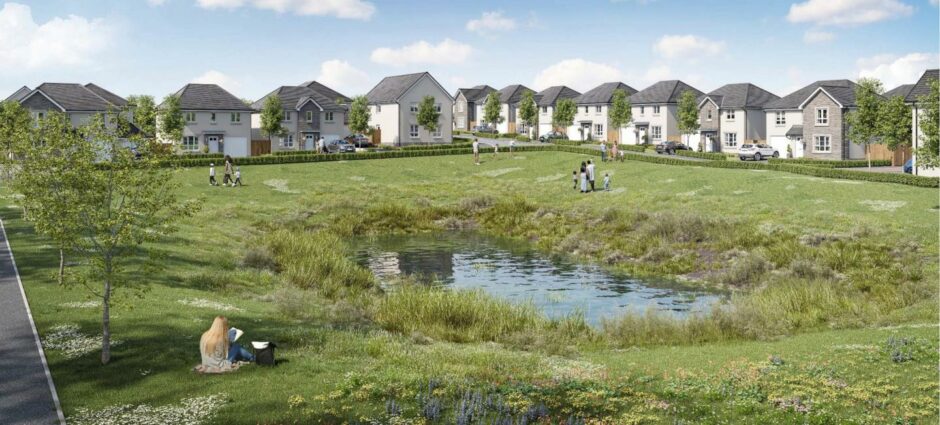
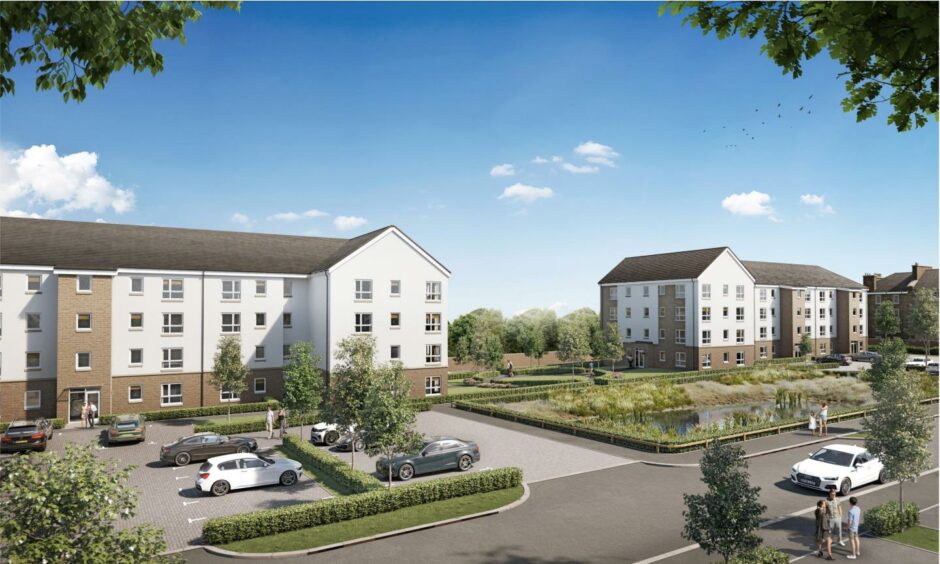
Barratt has also released a map showing the general layout of the approved development.
How much would the houses cost?
Prices for the development have not been released, with construction yet to begin.
The timescale for construction may also influence the cost of buying one of the properties.
Barratt does not currently have any homes for sale in Dundee but it is advertising four-bedroom homes for sale at Huntingtower, near Perth, for prices between £297,995 and £316,995; and at Kingslaw Gait in Kirkcaldy from £271,995.
According to Zoopla, over the last 12 months the average house in Dundee has sold for £180,217.
Other average property prices in the city include:
- Detached: £304,287
- Semi-detached: £184,886
- Terraced: £157,522
- Flats: £119,269
What has been said about the development?
Barratt says the development will help support up to 345 direct jobs and 690 indirect jobs through the company, its sub-contractor and its suppliers, including a number of full-time apprenticeships.
The housebuilder says it will purchase the site and aim to start work in early spring.
One member of the public lodged an objection to the development on the basis of its proximity to an existing house to the west of the site.
While the Stobswell Forum has not objected, the group raised concerns about the proposed design and layout – including a lack of traffic calming and “lack of suitable green infrastructure”.
The site is iconic as the long-standing home of the famous Keiller factory.
Opening its doors more than 90 years ago, it went on to produce marmalade that was renowned the world over.
It also produced boiled sweets and butterscotch.
The factory employed nearly 900 people during its heyday but the plant went bust in 1992 and was then sold off.
Following a major fire in 2015, buildings at the site – which was once visited by Princess Diana – were torn down and piles of rubble are all that remain.
An application to change the use of the site, to allow housing to be built, was approved in 2009 and various residential developments have been proposed there since – all smaller than the current plans – though none have come to fruition.
